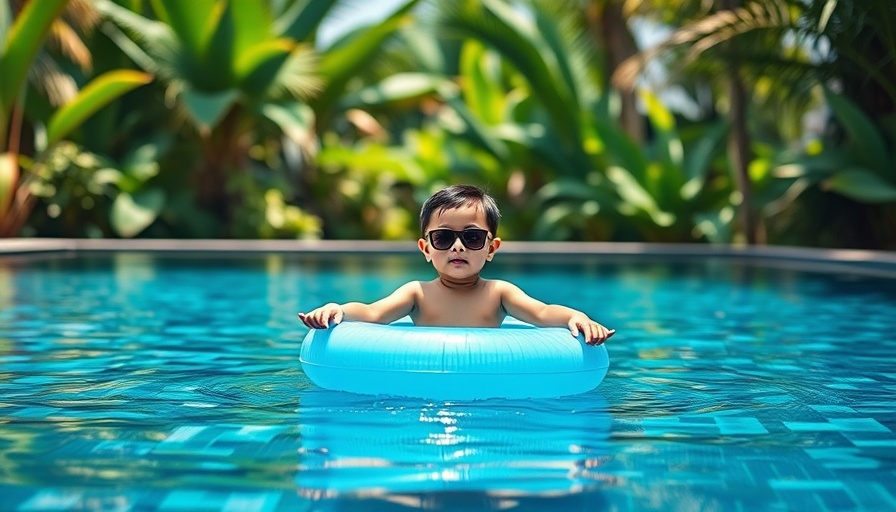
The Transformative Power of Reiki: Real-Life Stories That Inspire
In today's fast-paced world, the quest for healing and spiritual connection has led many individuals to explore alternative therapies that offer comfort and solace. Among these, Reiki stands out as a profound energy healing practice that has transformed lives through its unique synchronization of mind, body, and spirit. As parents navigate the challenges of raising children amid growing stressors, the healing stories associated with Reiki provide not only hope but also practical insights for holistic wellness.
Understanding Reiki: More Than Just a Trend
Originating from traditional Japanese practices, Reiki employs the gentle transfer of energy through the practitioner's hands to promote healing and relaxation. Many families have turned to Reiki as a complementary medicine, integrating it into their wellness regimens alongside traditional medicine and alternative practices such as aromatherapy and acupuncture. It is essential for parents to recognize that Reiki can serve as a powerful adjunct to conventional treatments for various ailments, promoting overall wellness in both children and adults.
Real Stories of Healing: A Parent’s Perspective
Countless real-life testimonials underscore the efficacy of Reiki in alleviating a multitude of issues. One parent recounted a particularly challenging time when their child faced anxiety and stress related to school pressures. Seeking out a local Reiki practitioner, they experienced dramatic shifts in their child's emotional well-being following just a few sessions. As parents, embracing such alternative medical approaches can provide a sense of control over their family’s health while also nurturing deeper connections through interactive practices.
Exploring Synchronicity and Spiritual Connection
Synchronicity plays a vital role in the Reiki experience, often leading practitioners and clients to profound revelations. Families frequently remark on the spiritual connections that strengthen during sessions, allowing both parents and children to reconnect on a deeper level, fostering emotional intelligence and resilience. It also serves as a reminder that healing is not just a physical phenomenon but a holistic journey that encompasses emotional and spiritual dimensions.
Complementing Your Lifestyle with Holistic Healing
Integrating Reiki into daily routines can provide sustainable coping mechanisms for managing life’s myriad stressors. By combining Reiki with other holistic therapies such as herbal medicine, yoga, and mindfulness, families can establish a comprehensive wellness plan. For example, pairing Reiki with meditation or herbal supplements for children's stress relief can foster a conducive environment for emotional growth.
Future Trends: The Rise of Holistic Practices in Family Health
As the health landscape continues to evolve, an increasing number of families are prioritizing holistic healing practices. Research indicates a growing acceptance of complementary and integrative methods among healthcare providers, particularly in the management of chronic pain, anxiety disorders, and stress management. This trend suggests that families will have greater access to licensed practitioners who can safely offer therapies like Reiki within their healthcare programs.
Getting Started: Actionable Insights for Parents
For parents interested in exploring Reiki, starting this journey requires simple steps. Seek local practitioners through trusted community testimonials, or visit wellness retreats offering guided sessions that fit your family's needs. It is advisable to establish an open dialogue with school counselors or pediatricians about integrating Reiki alongside existing treatments, ensuring a cohesive approach to your child's health.
Your Call to Action: Embrace Holistic Wellness Today
Your family’s journey towards holistic health and healing can begin today. Consider exploring Reiki and other alternative therapies that might resonate with your family's values and needs. The synergistic effects of these practices can pave the way for improved emotional well-being and stronger familial bonds. Don't hesitate—reach out to a qualified Reiki practitioner nearby, and take the first step towards a more enriched family life!
 Add Row
Add Row  Add
Add 




Write A Comment